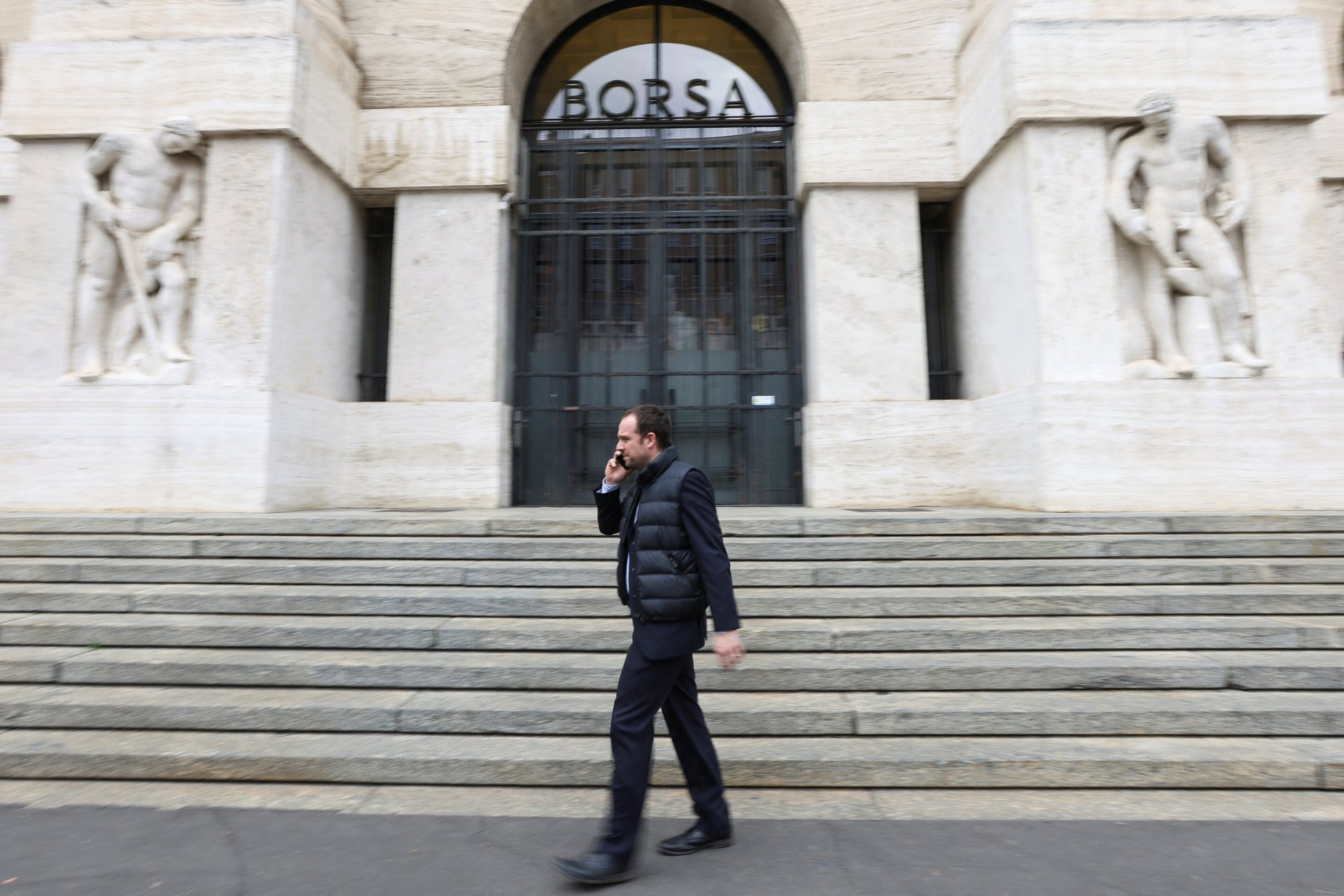Silicon Valley Bank’s collapse is hitting financial hubs around the globe
China, India, and the UK are among the countries racing to shield their economies from the failure of the US’s 16th largest bank

The UK Treasury announced today (March 13) that HSBC bought the UK arm of SVB for just £1 ($1.21) as financial hubs around the world seek to buffer the fallout from the lender’s multibillion-dollar collapse.
Suggested Reading
The UK rescue sale comes just days after the commercial bank, a favorite among startups, was shuttered by California regulators, marking the second-largest bank failure in US history.
Related Content
It was closely followed by the failure of crypto-focused Signature Bank, which was shut Sunday (March 12).
Neither bank met the threshold to be treated as systemically important—a threshold SVB’s CEO Greg Becker had lobbied to increase—and neither was considered large enough to take part in the Federal Reserve’s stress tests. But at least in SVB’s case, its collapse reverberated across the several countries in which the bank operated.
Where is Silicon Valley Bank located?
Who has been impacted by Silicon Valley Bank’s collapse?
SVB is based in Santa Clara, California, but has branches in Canada, China, Denmark, Germany, India, Israel, Sweden, and the UK.
The full extent of exposure and damage has yet to be fully understood, but various governments sprung into action over the weekend to start assessing the situation.
🇨🇦 Canadian bank regulators have seized SVB’s branch to protect creditors, according to a statement from the country’s financial superintendent, Peter Routledge. Toronto ad tech firm AcuityAds has announced nearly all of its cash, totalling about $55 million, was in SVB.
🇮🇳 Over 60 Indian startups backed by US startup accelerator Y Combinator (YC) have more than $250,000 tied up in SVB, according to a TechCrunch report, while well over a dozen more have over $1 million. India’s state minister of technology Rajeev Chandrasekhar announced via Tweet that he will meet with startups this week to assess the damage.
🇮🇱 Israeli prime minister Benjamin Netanyahu has vowed to carry out a damage assessment. Domestic business paper Globes said that SVB’s collapse has been akin to “closing the oxygen pipe” to the Israeli tech sector, which has close ties to Silicon Valley.
🇨🇳 Chinese firms, many in the biotech sector, have been rushing to reassure spooked investors. Among them is BeiGene, one of China’s leading firms researching cancer treatments, which announced nearly 4% of its cash, or about $175 million, is frozen in SVB. SVB’s China joint venture, SPD Silicon Valley Bank, issued a statement over the weekend that its operations are “stable” and “independent.” Meanwhile, other startups are seeking banking alternatives.
🇪🇺 According to a Reuters report, approximately 16 firms in the tech and life sciences sectors in Europe had about $190 million in exposure to SVB. EU analysts say there’s limited risk for the euro zone’s banks, but that hasn’t stopped markets from sliding.
By the digits
£1 ($1.21): The price tag for HSBC’s purchase of SVB’s UK subsidiary
$209 billion: Assets held in SVB at the time of collapse
$165 billion: Amount SVB held in deposits, as of Feb. 28 of this year
190: Number of firms with exposure to SVB that could be searching for new lenders, according to Bloomberg
Quotable: The looming threat of cash flow issues across the global tech industry
“30% of YC companies exposed through SVB can’t make payroll in the next 30 days,” —Gary Tan, president and CEO of Y Combinator, in a tweet published on March 10.
A brief timeline of Silicon Valley Bank’s collapse
March 9: SVB’s stock tumbles 60%, amounting to a $80 billion wipeout
March 10: California regulators shut down SVB and place it under the control of the Federal Deposit Insurance Company (FDIC)
March 12: US regulators state that by March 13, depositors will have access to their funds, including those above the $250,000 insurance threshold. US treasury secretary Janet Yellen announces SVB will not receive a bailout.
March 13: The UK government and Bank of England announce the facilitated sale of SVB’s UK unit to HSBC.
